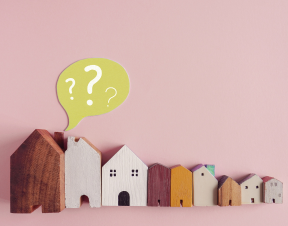Wood Characteristics and Peculiarities
All building materials are approximately equally durable. Historically, building materials were chosen not based on longevity or strength, but on availability and climate peculiarities. In the Mediterranean region, such a building material was stone, while in our region, it's wood. The fact that one house stands longer than another today is determined not by the choice of materials, but by the conditions of use and the quality of construction.
Some specialists tend to highlight wood as a material less susceptible to negative atmospheric effects. Wood is a natural, "living" material that constantly and harmoniously interacts with the surrounding environment.
It should also be emphasized that glued wood constructions not only do not yield to metal constructions in strength but even surpass them. A wooden beam, specially made of glued wood, is more fire-resistant than a metal or even reinforced concrete one. Since metal melts and changes shape, a heated metal structure can quickly collapse. A wooden beam, even if charred, retains its load-bearing properties for a long time.
Another important characteristic is that wood breathes, as it has exceptional vapor and air permeability properties. For this reason, wooden houses can ventilate themselves while retaining heat. Specialists have found that wood retains heat and is generally two degrees warmer than surrounding objects.
Wood is a natural material, and its movement, settling, and adaptation depend on weather conditions. Large and small cracks, differences in colour tones, and changes in structure are not defects of wood but rather the result of wood growth and the peculiarity of wood as a natural material.
Uncovered wood surfaces become greyish and may turn blue or moldy over time. Properly maintained wooden structures will be cozy and long-lasting.












